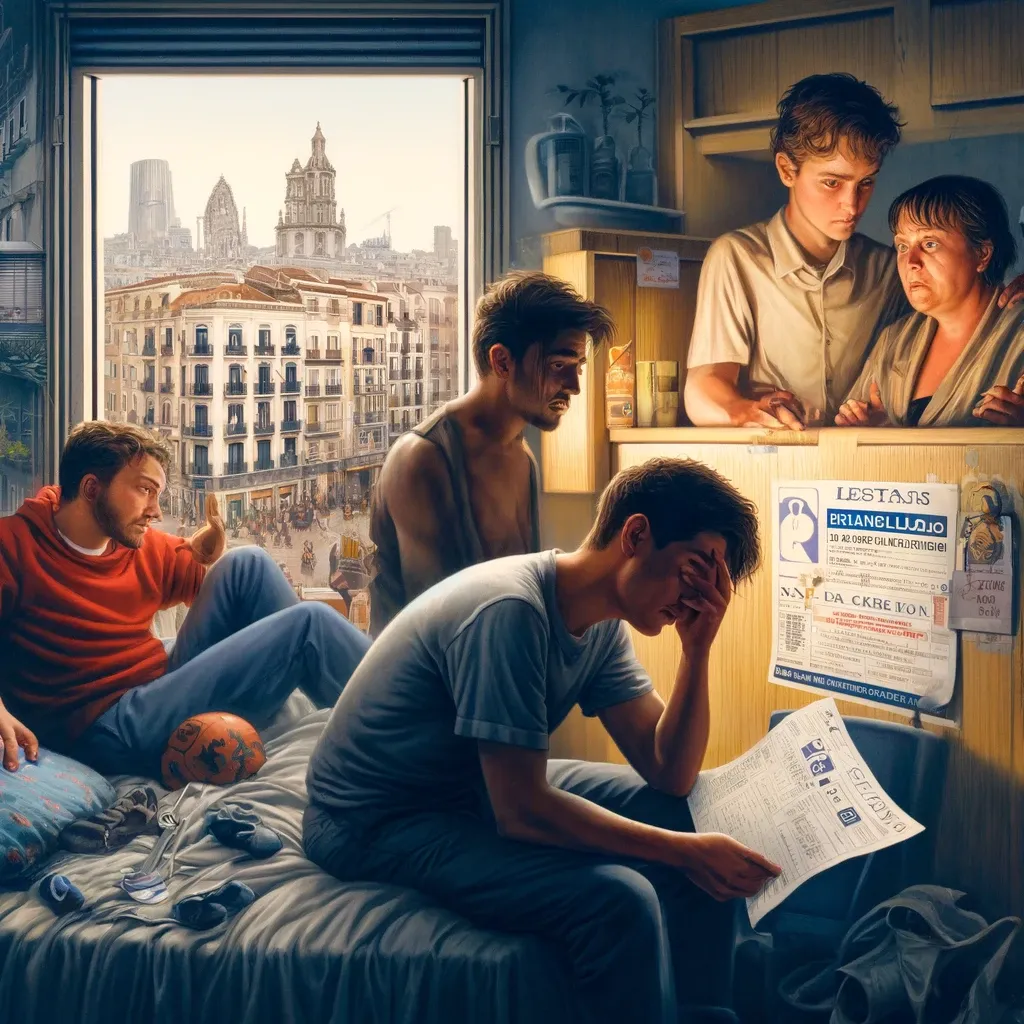Housing, complete emergency situation

Housing has become a real emergency in Spain. The difficulties in accessing housing are poisoning the entire economy and affecting many other aspects of daily life. Young people in Europe are leaving their parental homes later than ever, and the birth rate is also one of the lowest in the world, two problems that have long existed. The economy requires thousands of migrants, who, once they arrive in the country, face barriers in the real estate market and are forced to share apartments involuntarily. And while the level of overcrowding (mainly families unable to afford to live alone) has only increased in the last decade, the efforts to rent or buy are so great that many households cannot save or concentrate all their savings on a home, which reduces other more productive investments and limits options during crises. Ultimately, affordable housing becomes a treasure that no one wants to leave, at the cost of reduced labor mobility, complicating efforts to reduce unemployment. In light of this situation, it is not surprising that the Minister of Housing, Isabel Rodríguez, described what is happening in many cities this week as a "social emergency." But the reality, according to experts and the minister herself, is that there are no magical solutions, and fixing the situation will take many years.
The academic housing group studies the year 1959 as a milestone. It was the year of the Stabilization Plan, which laid the foundations of the modern economy, similar to its neighbors in the European community, and the year when the Minister of Housing, José Luis de Arrese, left a phrase for history: "We do not want a Spanish proletariat; we want Spanish property owners." However, that country with aspirations for change is better reflected in the same film. "Pisito," with the first script by the magnificent Rafael Azona, depicted a couple, no longer so young, who were ready for him to marry a sick old woman just to inherit a favorable rental contract. It tells a story of instability and the upheaval of life plans, which, 65 years later, does not sound so distant. Housing in Spain faces different variables: is it possible to transition from a country where every owner exists to a country where renting is a reasonable solution for many families?
Emancipation in the Spanish Style: After studying architecture in Seville, María Bermejo, 51, moved with her partner to the center of Málaga in 1999. At that time, the historic center was a continuous sequence of forgotten plots of land, crumbling buildings, and dirt, but in 2002, something changed.

The study of the phenomenon of gentrification (the replacement of the population in a certain area by new social groups that come in and drive up prices due to greater financial resources) is well-documented in the scientific literature. Displacement usually occurs from the centers to the peripheries of cities and can cause environmental issues due to commuting times to work and insufficient public transport. Berméjo, for now, resists leaving the space she considers "occupied by tourists, but also by administrations." This is happening, for example, in the central Constitution Square, which has been occupied for five months: Christmas lights, carnival, fashion week, the Spanish Basketball Cup, a film festival, and, in recent weeks, preparations for Holy Week. "There is no rest here," Berméjo complains. "It is becoming less and less like a neighborhood: it is more like a permanent commodity for sale," she concludes.
Comment
Popular Posts
Popular Offers

Subscribe to the newsletter from Hatamatata.com!
Subscribe to the newsletter from Hatamatata.com!
I agree to the processing of personal data and confidentiality rules of Hatamatata













